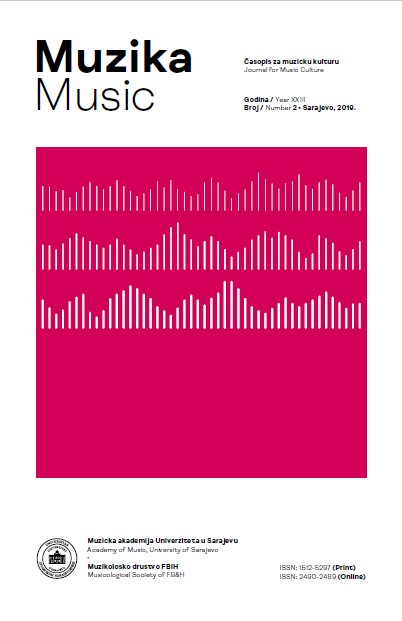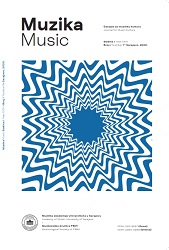Author(s): Marijana Kokanović Marković / Language(s): Serbian
Issue: 1/2017
Focal point of this study is ’women’s’ art salons of Anka Obrenović Konstantinović and her friend Meira, wife of the last Belgrade Fortress Ottoman commander, Ali Riza Pasha, in the context of the turbulent events in Belgrade, during the reign of prince Mihailo Obrenovic III, in the sixties of the nineteenth century. Soon after the arrival of Pasha’s wife, Meira, in Belgrade, Anka became close friends with her, and the two often visited each other. In order for Meira to attend her gatherings, Anka organized special “women only” art salons, unlike the so-called “mixed” salons, where guests were members of both sexes. Besides Meira and the prominent women of Belgrade, Anka used to invite the wives of foreign diplomats accredited to the Serbian court, as well as the wives of senior officers from the military garrisons stationed in Zemun, Pančevo, and Petrovaradin. These literary and musical gatherings were special occasions at which works of contemporary, mainly Serbian, French and German, poets and writers, were read, and where principal form of entertainment was piano, guitar, harp, or violin playing, and singing. Such gatherings usually ended with modern European dances, and quite often with Serbian and Oriental, too. On the other hand, in her lavish oriental salons, Pasha’s wife, Meira, organized the women’s art salons, too, which were especially festive during Bayram. Meira cultivated special affection towards French poets and writers whose works she read in the original, although works of German literature could also be heard at her gatherings, too. As for the musical part of the programme, salons of Pasha’s wife Meira, were famous for “girlish” songs and chochek dances. Meira played the piano, violin and the guitar, and was fond of singing. Gatherings usually ended with chochek dances, but also with the turning European dances. Favourite was the waltz, at which Meira excelled. Both types of women’s art salons were organized primarily for fun and enjoyment of the arts by the elite members of the court and high society circles. On the other hand, thanks to the institution of the salons, the new role of women in the society was constituted, which enabled their entrance into public life, and cutting ties with the traditions of the time in which woman’s role was linked to the family only.
More...










